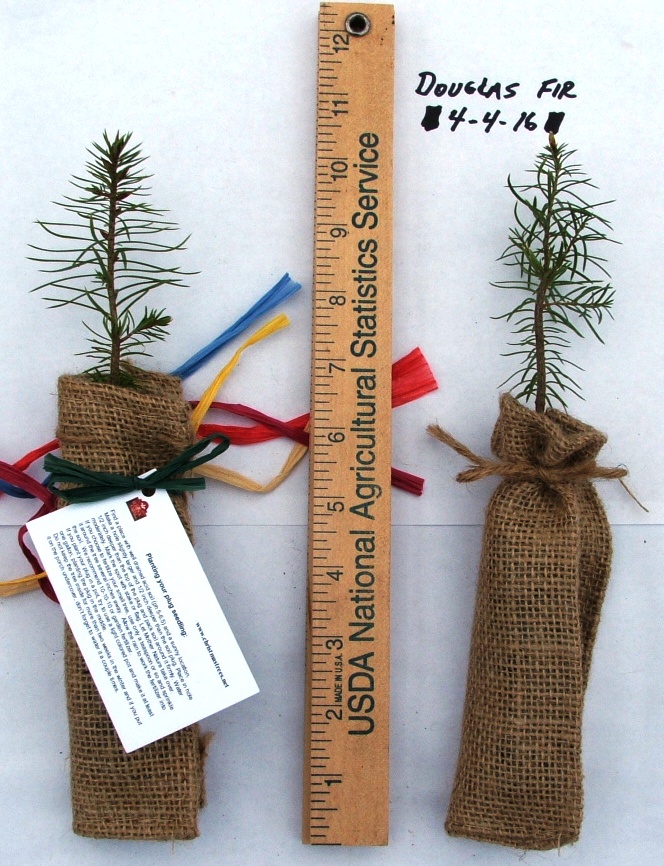
The neighbors receiving these messages could potentially then modify their behavior through altered morphology, physiology or biochemistry, thus reducing their stress and improving fitness. Similarly, clipping has prompted transport of labile carbon from stressed to healthy heterospecific neighbours through arbuscular mycorrhizal networks 10. Mycorrhizal networks have also been shown to rapidly transmit phosphorus and nitrogen from dying plants to healthy conspecific neighbors 9, providing a conduit for legacy transference across generations. There is increasing evidence that mycorrhizal networks can transmit, for example, herbivore- or pathogen-induced defense signaling compounds to warn neighbors of pest infestations 2, 3, 4, kin recognition signaling compounds involving micronutrients to communicate genetic relationships of neighbors 5, 6, toxins such as allelochemicals to convey negative interactions to competing neighbors 7 and essential resources such as carbon, nitrogen, phosphorus or water for altering physiology, survival or growth of conspecific or heterospecific neighbors 8. Mycorrhizal networks, comprised of mycorrhizal fungi connecting the roots of multiple plants, are potentially direct pathways for belowground transmittance of these biochemical messages between plants 1. Plants have evolved the ability to communicate with neighboring plants for alleviating stresses within communities by transmitting volatile compounds aboveground or a variety of organic and inorganic compounds belowground. These findings indicate that IDF can transfer resources and stress signals to interspecific neighbors, suggesting ectomycorrhizal networks can serve as agents of interspecific communication facilitating recovery and succession of forests after disturbance.
#Doug fir seedlings manual
Both manual and insect defoliation of donors led to increased activity of peroxidase, polyphenol oxidase and superoxide dismutase in the ponderosa pine receivers, via a mechanism primarily dependent on the mycorrhizal network. We found that manual defoliation of IDF donors led to transfer of photosynthetic carbon to neighboring receivers through mycorrhizal networks, but not through soil or root pathways. We grew pairs of ectomycorrhizal IDF ‘donor’ and ponderosa pine ‘receiver’ seedlings in pots and isolated transfer pathways by comparing 35 μm, 0.5 μm and no mesh treatments we then stressed IDF donors either through manual defoliation or infestation by the budworm. To test whether defoliated IDF can directly transfer resources to ponderosa pine ( Pinus ponderosae) regenerating nearby, thus aiding in forest recovery, we examined photosynthetic carbon transfer and defense enzyme response. This damage is resulting from warmer and drier summers associated with climate change. glauca, IDF) forests in North America are being damaged by drought and western spruce budworm ( Choristoneura occidentalis). The foliage has a distinct, pleasant fragrance, and the cones are highly unique, with unmistakable, conspicuously protruding trident bracts.Extensive regions of interior Douglas-fir ( Pseudotsuga menziesii var. Douglas Fir seedlings can handle almost any kind of soil or climate, and, ultimately, these trees become huge, incredibly tall, great-in-girth individuals, with soft, densely-set needles (to 1.5 inches long) radiating in all directions from the branches. It is the official State Tree of Oregon and a hardy and well-traveled tree, which can thrive virtually anywhere in the world, provided adequate sunlight and moisture. Widely cultivated as an ornamental in Europe, Douglas Fir, with its sweet fragrance and wonderful symmetry, is cherished in America as a prime Christmas Tree species.

This species has long ranked first among U.S. These long-living trees can survive to ages greater than 1,000 years, and have a rapid growth rate.

The tallest Douglas Fir on record, now felled, stood almost 400 feet tall with a diameter in excess of 17 feet. Except for California's unique Sequoias, Douglas Fir grows taller and greater in girth than any other American tree. One noted naturalist called Douglas Fir "the highest expression of tree greatness in our time." Indeed, the Douglas Fir species forms some of the tallest and most magnificent forests in the world, dominating millions of square miles of wild forest in the West, from Alaska to Mexico. Douglas Fir ( Pseudotsuga menziesii) is one of the world's most impressive trees.


 0 kommentar(er)
0 kommentar(er)
